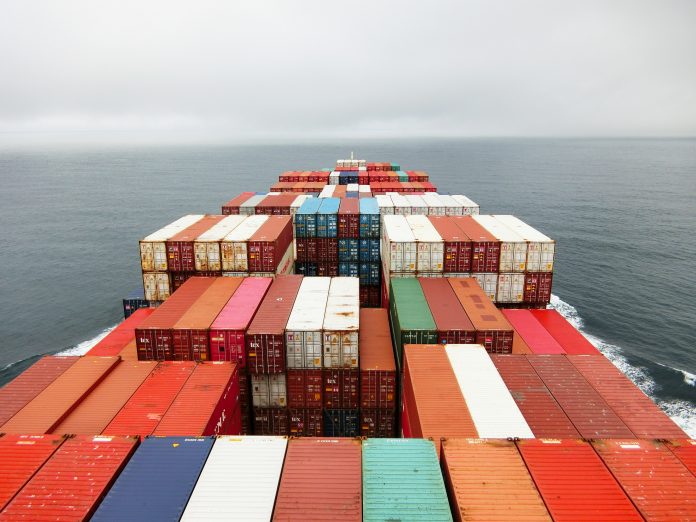In line with the global move to lower carbon emission from sea transportation, India is exploring a plan to run ships 100% on green energy like solar, sea water, wind, and hydrogen.
The Indian ministries of ports, shipping and waterways and new and renewable energy are working jointly on the issue, ahead of announcing budgetary incentives support to set up India-owned shipping lines of global repute.
The plan, once implemented, will help lower carbon emissions and also cut vessel operating costs in a country that is almost totally dependent on imports for fuel oil and over half of its gas requirements.
India’s annual export is worth approximately US$400 billion while its import is nearly US$500 billion of which 95% is being carried out by sea and waterways.
The government plans to promote setting up of own shipping lines of international standard to carry its billions dollar external trade to save hard-earned foreign currency from draining out abroad.
Annually, India pays nearly US$65 billion to carry its export-import goods which are feared to reach US$100 billion shortly. An announcement of an incentives package for establishing own shipping lines is expected to be made in the fiscal budget for 2022-23 which will be placed in parliament next month.
The government of India in 2015 announced a Sagarmala programme (garland of the sea), an initiative to enhance the performance of the country’s ship and logistics sector under which US$82 billion will be invested by 2035.
Scores of ports and cargo terminals will be established under the programme to facilitate trade through waterways.
The Indian government has made a commitment to lower carbon emissions by one billion tonnes by 2030 and net-zero carbon emissions by 2070. The country’s Prime Minister, Narendra Modi made the pledge at the COP26 summit in Glasgow in November last year.
In a bid to green its power generation method, India has made commendable progress by installing non-fossil based energy capacity totaling 157.32GW so far. Of the total sum, 48.55 GW comes from solar, 40.03 GW from wind and 51.34 GW from hydropower.
Sharar Nayel
Asia Correspondent







